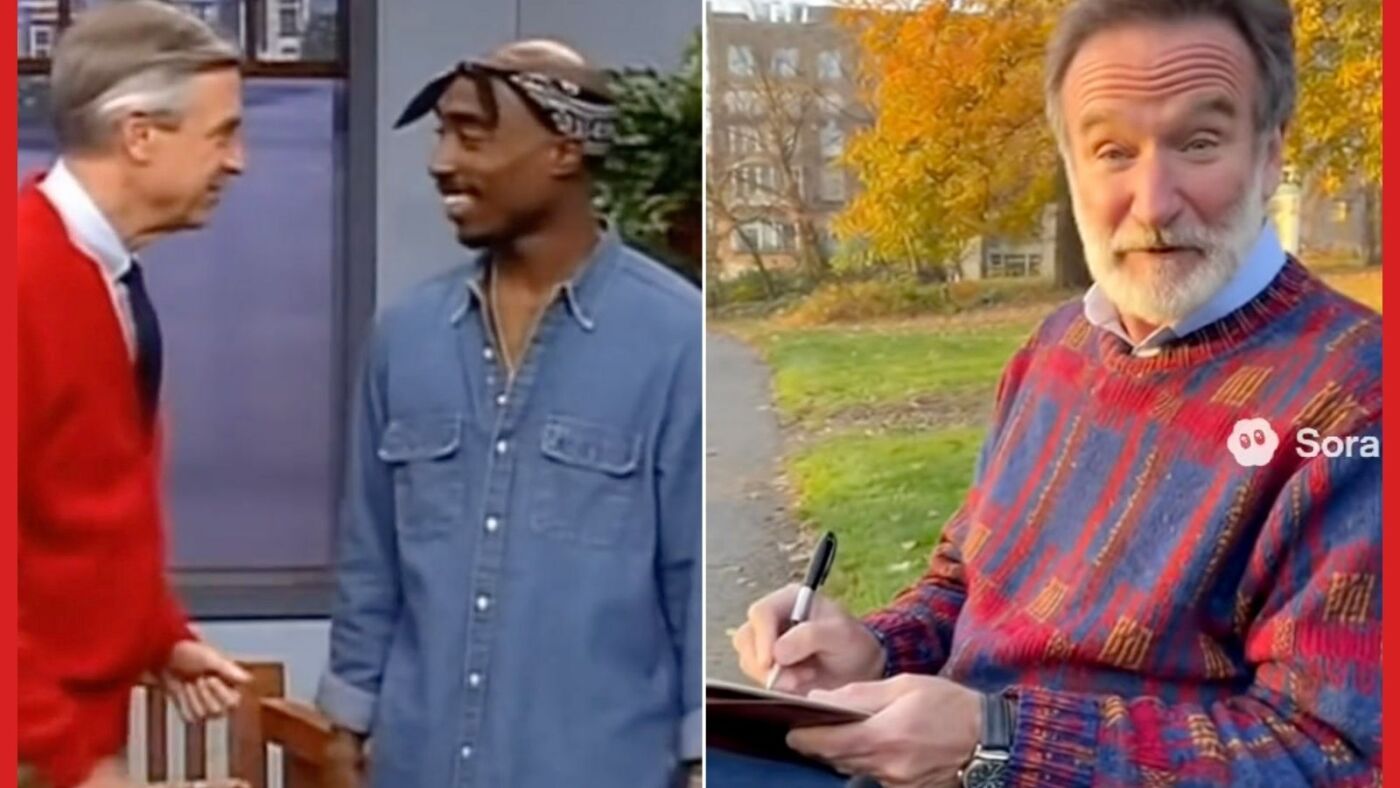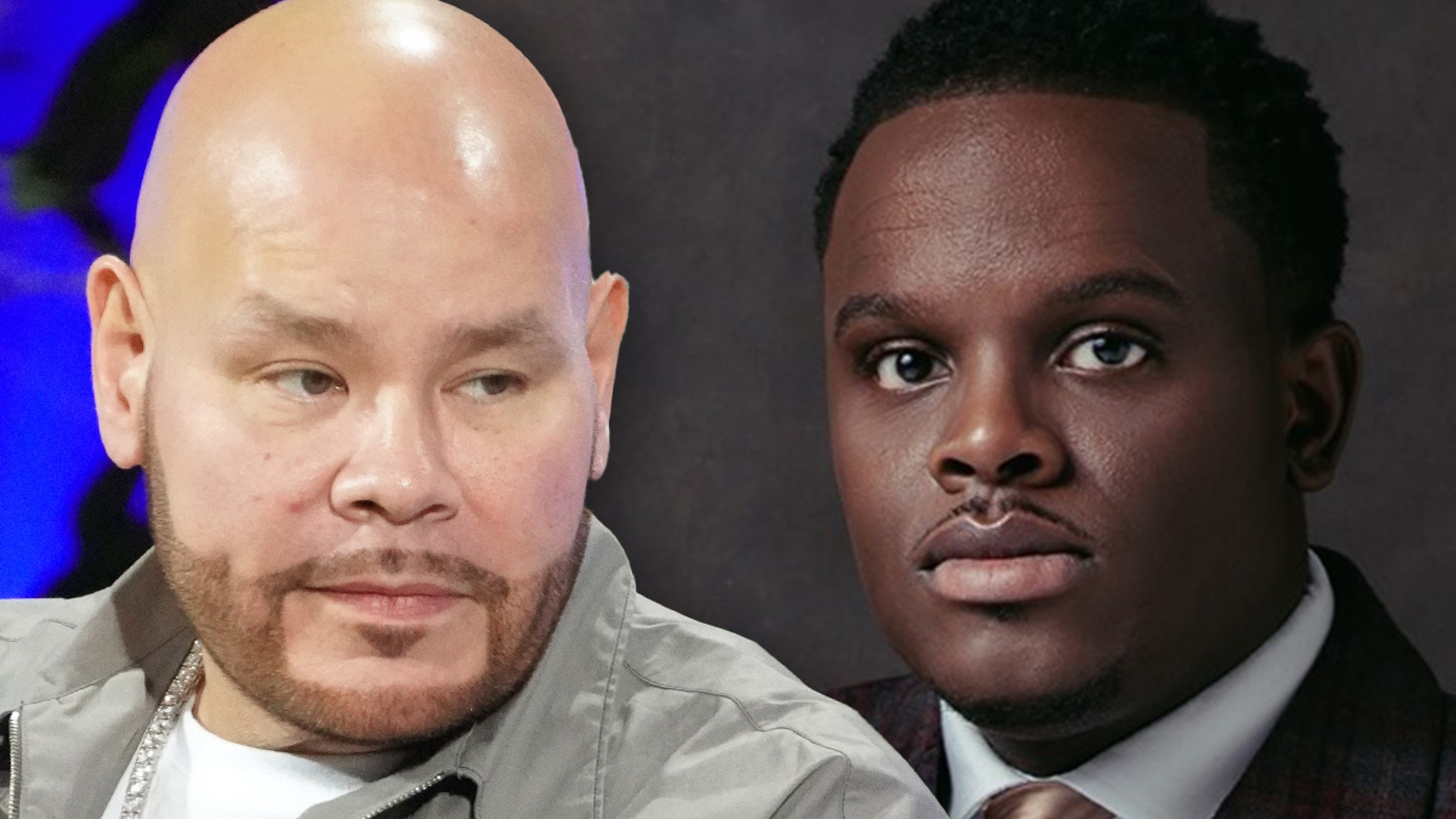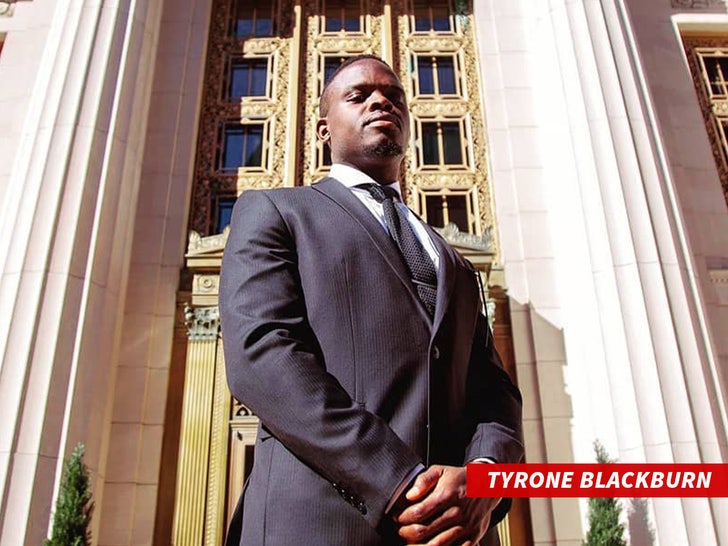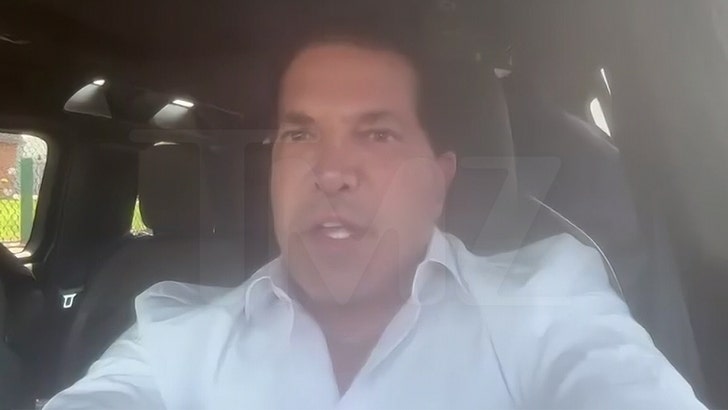Lifestyle
Frankenstein is the monster (movie) Guillermo del Toro was born to bring to life

Oscar Isaac as Victor Frankenstein in Frankenstein.
Ken Woroner/Netflix
hide caption
toggle caption
Ken Woroner/Netflix
Guillermo del Toro has made several monster movies of a particular bent — soulful, swoony, feverish films about grotesque-looking creatures who prove themselves more deeply human than the humans who reject them. Hellboy (2004) was a half-demon with a full heart. The Amphibian Man in The Shape of Water (2017) was an emo f-boy with gill slits. Even the titular marionette in Guillermo del Toro’s Pinocchio (2022) was such a mensch that he earned the right to trade in his knotty pine physiognomy for a flesh bag.
Soulful, swoony, feverish, with a narrative that stacks the emotional deck in favor of the hideous outcast — I mean, that’s pretty much the jacket copy you’d find on any volume of Mary Shelley’s 1818 novel Frankenstein, right?

Which is why this seems like the perfect match between story and muse; certainly del Toro’s been talking about making his own version of the tale for decades, calling it his “lifelong dream.”
That dream is now realized, and while the resulting film captures the tone and spirit of the original novel in all its breathless zeal and hie-me-to-yon-fainting-couch deliriousness, the many narrative tweaks del Toro has made — some of which work, some of which don’t — ensure that you’d never mistake his Frankenstein for anyone else’s.
A monster matriculates

Boris Karloff in his role as the monster of Frankenstein.
AP/AP
hide caption
toggle caption
AP/AP
It’s light-years away, for example, from James Whale’s iconic 1931 version, which surgically implanted Boris Karloff’s lumbering, flat-topped, bolt-necked monster into the culture. Because while Whale was faithful to the bones (heh) of the novel, Karloff’s Creature never grew, intellectually or aesthetically. Maybe Whale was worried doing so would rob the monster of its primal power to clomp its way into his audience’s nightmares.
The book’s Creature, on the other hand, puts itself through a kind of hilarious autodidactical speed run, devouring Plutarch’s Lives and The Sorrows of Young Werther and, famously, Paradise Lost. Which is why you get the following disconnect:
Book Creature: “I ought to be thy Adam; but I am rather the fallen angel, whom thou drivest from joy for no misdeed.”
Karloff’s Creature: “FIRE BAD.”
There’s a lot more of book Creature in del Toro’s Frankenstein, which is good, because his monster inhabits the (literally, in this case) sculpted frame and brooding gaze of Jacob Elordi. For roughly half of his time onscreen, Elordi’s more or less in “FIRE BAD” mode, stumbling around in yellowish strips of cloth that, intentionally or not (but let’s face it, probably intentionally) evoke the gold lamé speedo sported by his Rocky Horror Picture Show analog.

Jacob Elordi as The Creature in Frankenstein.
Ken Woroner/Netflix
hide caption
toggle caption
Ken Woroner/Netflix
But before long the Creature installs that all-important upgrade: He secretly observes the daily life of a loving family, befriends their kindly blind patriarch (David Bradley) and avails himself of their reading matter. Elordi makes his Creature 2.0 just as compelling as the launch version; now outfitted with the full complement of human-emotion DLC (rage, yes — but also gratitude, empathy, sorrow and regret), he sets out to confront Victor (Oscar Isaac), his preening, arrogant brat of a creator.
This is all straight from Shelley’s novel, of course — it’s just inflected by del Toro’s maximalist, heart-affixed-firmly-to-the-sleeve sensibility, which extends to absolutely everything onscreen. The production design goes gratifyingly hard, featuring drawing rooms so huge their walls vanish into shadow, landscapes so vast they swallow the characters — and the buildings they occupy.

Victor’s lonely tower — the site of the Creature’s birth — is a gargoyle-festooned ruin atop a cliff so open to the elements that its rooms and staircases are piled with leaves and other bits of decaying organic matter. Its tiled floors feature yawning pits like frozen whirlpools, foreboding but strangely beautiful.
Spare parts
But del Toro’s spin on the material goes beyond its look and feel – he’s made several changes to the story that leave you wondering what narrative work they are actually doing, besides adding needless complications to justify the film’s two-and-half-hour running time.
He devotes a lot of attention — far more than the book does — to the life of young Frankenstein (heh), played by Christian Convery. Charles Dance adds yet another “stern father” performance to an IMDB page teeming with them, as Victor’s demanding dad, and their frosty, lightly sadistic relationship is clearly meant to foreshadow the one Victor will have with his Creature. I couldn’t help but be reminded of Tim Burton’s Charlie and the Chocolate Factory, and its mystifying determination to explain to us that Wonka only became the candymaker he did because his father was … a dentist.

The film also introduces Christoph Waltz as Harlander, a mysterious figure who acts as Victor’s financial patron. The character ostensibly exists to contrast Victor’s scientific zeal to the greedy drive of capitalism, but I can’t shake the conviction that he could easily lift out of the film without leaving a hole.
A subplot involving Mia Goth’s Elizabeth represents another significant alteration that’s puzzling at first — why make Elizabeth the fiancée of Victor’s brother William (Felix Kammerer) instead of just making her Victor’s fiancée, as she is in the book?
The answer lies in the largest and most essential change that del Toro is making to the story here, which is to turn Victor into even more of a jerk — and, by extension, to cast the Creature as even more sympathetic.
It’s there in Isaac’s bluff, snotty, snooty take on Victor, who’s forever declaring his genius to anyone in earshot. It’s there in his snarling disgust at Elordi’s poor, chained up Creature. And it’s there in Victor’s not-remotely-sly attempts to seduce his own brother’s fiancée.

Elizabeth, for her part, is totally on board with del Toro’s efforts to get us on the Creature’s side; Goth shows us a young woman smart and self-possessed enough to recognize that underneath all the sutures and skin grafts, it’s still Jacob Freaking Elordi we’re talking about, here, people.
Del Toro doesn’t stop there — he also elides book-Creature’s most unsavory aspects and actions to highlight his version’s wet-eyed soulfulness and further cement its status as a blameless thing grievously wronged by the world in general, and by Victor in particular. It’s a marked adjustment from the novel, yes — but one that seems inevitable, given del Toro’s body of work, and his resolute need to portray the outsider as hero.
He’s never been subtle about this, and he’s not here either: At one point a character regards Victor. “You are the monster,” they tell him.
I cannot hope to convey, reader, just how wildly unnecessary that line is, given literally everything about the film we’ve been watching up to that point. It’s del Toro gilding a lily that he’s already spent more than two hours painstakingly crafting out of pure, 24-carat gold.
And yet it works, for him, and for his movie. Del Toro couldn’t possibly do anything less, and, given how perfectly suited he is to tell this story in this particular way, you wouldn’t want him to.
This piece also appeared in NPR’s Pop Culture Happy Hour newsletter. Sign up for the newsletter so you don’t miss the next one, plus get weekly recommendations about what’s making us happy.
Listen to Pop Culture Happy Hour on Apple Podcasts and Spotify.

Lifestyle
Hollywood pushes OpenAI for consent

Figures from the entertainment industry — including the late Fred Rogers, Tupac Shakur, and Robin Williams — have been digitally recreated using OpenAI’s Sora technology. The app’s ability to do so with ease left many in the industry deeply concerned.
Sora/Open AI/Annotation by NPR
hide caption
toggle caption
Sora/Open AI/Annotation by NPR
OpenAI says it has released new policies for an artificial intelligence tool called Sora 2, in response to concerns from Hollywood studios, unions and talent agencies.
The tool allows users to create realistic, high-quality audio and video, using text prompts and images.
“It’s about creating new possibilities,” OpenAI promised in a promotional video for Sora 2. “You can view the power to step into any world or scene, and letting your friends cast you in theirs.”
But with Sora 2, some creators have also made fake AI-generated videos of historical figures doing things they never did. For example, Martin Luther King, Jr. changing his “I Have a Dream” speech, Michael Jackson, rapping and stealing someone’s chicken nuggets, or Mr. Rogers greeting rapper Tupac Shakur to his neighborhood.
Some videos reimagined the late Robin Williams talking on a park bench and in other locations. His daughter Zelda begged fans to stop sending her such AI-generated content, calling it “horrible slop.”
“You’re not making art,” she wrote on Instagram, “You’re making disgusting, over-processed hotdogs out of the lives of human beings.”

Actress Chaley Rose is one of many in the entertainment industry worried about OpenAI’s video-generating technology.
Karolina Turek/Chaley Rose
hide caption
toggle caption
Karolina Turek/Chaley Rose
“It’s kind of cool, it’s kind of scary,” says actress Chaley Rose, who’s best known for her role in the TV series Nashville. “People can borrow from actors, our vulnerability and our art to teach the characters they create how to do what we do. I would hate to have my image out there and not have given permission or to actually be the one doing the acting and having control over the performance.”
Hollywood’s top talent agencies first sounded the alarm.
“There is no substitute for human talent in our business, and we will continue to fight tirelessly for our clients to ensure that they are protected,” United Talent Agency wrote in a statement last week. “When it comes to OpenAI’s Sora or any other platform that seeks to profit from our clients’ intellectual property and likeness, we stand with artists. The future of industries based on creative expression and artistry relies on controls, protections, and rightful compensation. The use of such property without consent, credit or compensation is exploitation, not innovation.”
Creative Artists Agency issued a similar warning last week.
Last year, California’s governor Gavin Newsom signed a bill requiring the consent of actors and performers to use their digital replicas.
Now, the talent agencies and SAG-AFTRA (which also represents many NPR employees) announced they and OpenAI are supporting similar federal legislation, called the “NO FAKES” Act.
Until now, some of the videos created using Sora 2 have relied on copyrighted material. For instance, there’s a video that shows the animated character SpongeBob Squarepants cooking up illicit drugs.

An unauthorized AI-generated video depicts SpongeBob SquarePants preparing illicit drugs.
Sora/Open AI/Annotation by NPR
hide caption
toggle caption
Sora/Open AI/Annotation by NPR
The Motion Picture Association, which represents major Hollywood studios, said in a statement that since Sora 2’s release, “videos that infringe our members’ films, shows, and characters have proliferated on OpenAI’s service and across social media.”

Duncan Crabtree-Ireland, the national executive director of the union SAG-AFTRA told NPR last week that it wasn’t feasible for rightsholders to find every possible use of their material.
“It’s a moment of real concern and danger for everyone in the entertainment industry. And it should be for all Americans, all of us, really,” says Crabtree-Ireland.
SAG-AFTRA says actor Bryan Cranston alerted the union to possible abuses. Now, the union and talent agencies say they’re grateful OpenAI listened to such concerns.
The company has announced an “opt-in” policy allowing all artists, performers, and individuals the right to determine how and whether they can be simulated. OpenAI says it will block the generation of well-known characters on its public feed and will take down any existing material not in compliance.
Last week, OpenAI agreed to take down phony videos of Martin Luther King, Jr., after his estate complained about the “disrespectful depictions” of the late civil rights leader.
Lifestyle
Lawyer Suing Fat Joe Indicted After Allegedly Running Over Process Server

Lawyer Suing Fat Joe
Indicted After Allegedly Mowing Down Process Server
Published
Tyrone Blackburn — the lawyer suing Fat Joe — has been indicted for allegedly running over a process server with a car … TMZ has learned.
Law enforcement sources confirmed to us Blackburn has been officially indicted over the alleged May incident … though we’re told the indictment will remain sealed until his arraignment.

ICYMI … Blackburn was arrested in June after cops say he got into his vehicle while a 66-year-old process server was giving him papers connected to the Fat Joe case.
Blackburn then allegedly put the car in reverse and hit the process server in the leg … causing a somewhat major knee injury that the server claims he needed surgery to fix.
TMZ.com

Blackburn represents Terrance “T.A.” Dixon, who sued Fat Joe for millions, alleging he helped Joe write music. Later on, Dixon and Blackburn filed another lawsuit accusing Joe of engaging in sexual relations with minors in a lawsuit Joe’s attorney Joe Tacopina said was full of “lies intended to damage his reputation and force a settlement through public pressure.”
Tyrone was booked on assault about six weeks after the alleged incident is said to have taken place.
Lifestyle
Why the internet sucks (and keeps getting worse) : It’s Been a Minute

Is the internet getting worse?
Getty Images
hide caption
toggle caption
Getty Images
Do you ever feel like the internet just doesn’t work as well as it used to?
Or maybe you wish you could go back to the old internet? Where your search queries actually served you what you wanted, and your feeds weren’t overrun by ads? Well, it’s not just you – the internet IS getting worse, and platforms are getting harder to leave. But how did we get here? Journalist and tech activist Cory Doctorow joins Brittany to lay out why in his new book, Enshittification: Why Everything Suddenly Got Worse and What to Do About It.
Follow Brittany Luse on Instagram: @bmluse
For handpicked podcast recommendations every week, subscribe to NPR’s Pod Club newsletter at npr.org/podclub.
This episode was produced by Liam McBain. It was edited by Neena Pathak. Our supervising producer is Barton Girdwood. Our executive producer is Veralyn Williams. Our VP of programming is Yolanda Sangweni.
-

 World11 hours ago
World11 hours agoIsrael continues deadly Gaza truce breaches as US seeks to strengthen deal
-

 Alaska6 days ago
Alaska6 days agoMore than 1,400 seeking shelter as hundreds wait to be evacuated after catastrophic Western Alaska storm, officials say
-

 News11 hours ago
News11 hours agoTrump news at a glance: president can send national guard to Portland, for now
-

 Business10 hours ago
Business10 hours agoUnionized baristas want Olympics to drop Starbucks as its ‘official coffee partner’
-

 North Carolina1 week ago
North Carolina1 week agoGuide to NC State Fair 2025: Tickets, transportation, parking, new rides and special event days
-

 Politics9 hours ago
Politics9 hours agoTrump admin on pace to shatter deportation record by end of first year: ‘Just the beginning’
-
Science10 hours ago
Peanut allergies in children drop following advice to feed the allergen to babies, study finds
-

 World1 week ago
World1 week agoAlbanian judge killed in courtroom shooting amid growing anger over justice system reforms


















